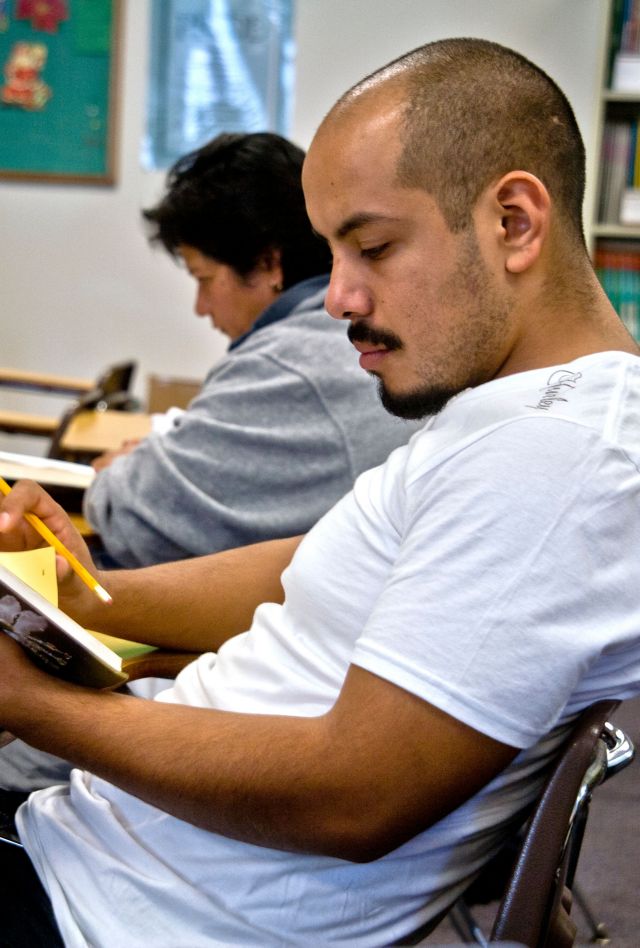The Randomized, Controlled Trial of the Concordance Academy

Problem
A limited knowledge-base to scale evidence-based prisoner reentry programs.
Despite years of evidence-based capacity-building, few prisoner reentry programs are developed upon a foundation of research-based best practices. As a result, most evaluations of prisoner reentry programs show small or no effects on either new offending or new criminal justice system contact. In addition, these studies do not typically follow rigorous, best-practice methods of evaluation, which may affect their results.
Solution
A randomized controlled trial of a prisoner reentry program.
The Concordance Academy in St. Louis, Missouri, was designed by scholars at Washington University upon the principles of evidence-based best practices, implemented with fidelity to that model, and relies on a data-driven process to update programming and policies. It, therefore, represents a real-world test of the effectiveness of the dominant prisoner reentry model. NORC is conducting two analyses of the Concordance program. The first study used a retrospective, quasi-experimental test of the efficacy of a comprehensive, wrap-around prisoner reentry program serving prisoners returning from state prison to St. Louis and neighboring counties. In the second study, prisoners in the Missouri Department of Corrections were randomly assigned to either participate in the Concordance Academy or to receive business-as-usual pre- and post-release programming.
Result
Promising results for a quasi-experiment.
The study finds consistent decreases in the likelihood of recidivism and the number of recidivism events across nine key outcomes, including parole violations and reincarceration, although these decreases were mainly not statistically significant. The study also finds substantial treatment heterogeneity in outcomes: outcomes for individual participants varied across the types of treatment received. In particular, the program updated operating procedures midway through the study period to adopt better practices around employment training, including the addition of a physical facility to simulate employment. Thus, the key source of treatment heterogeneity was enrollment in an earlier class (Classes 7-10) compared to a later class (Classes 11-14). Differences across the nine outcomes for classes 11-14 were mainly statistically significant at p<0.01.
Related Tags
Project Leads
-
John Roman
DirectorProject Director & Investigator -
Anthony Washburn
Senior Research MethodologistSenior Staff









